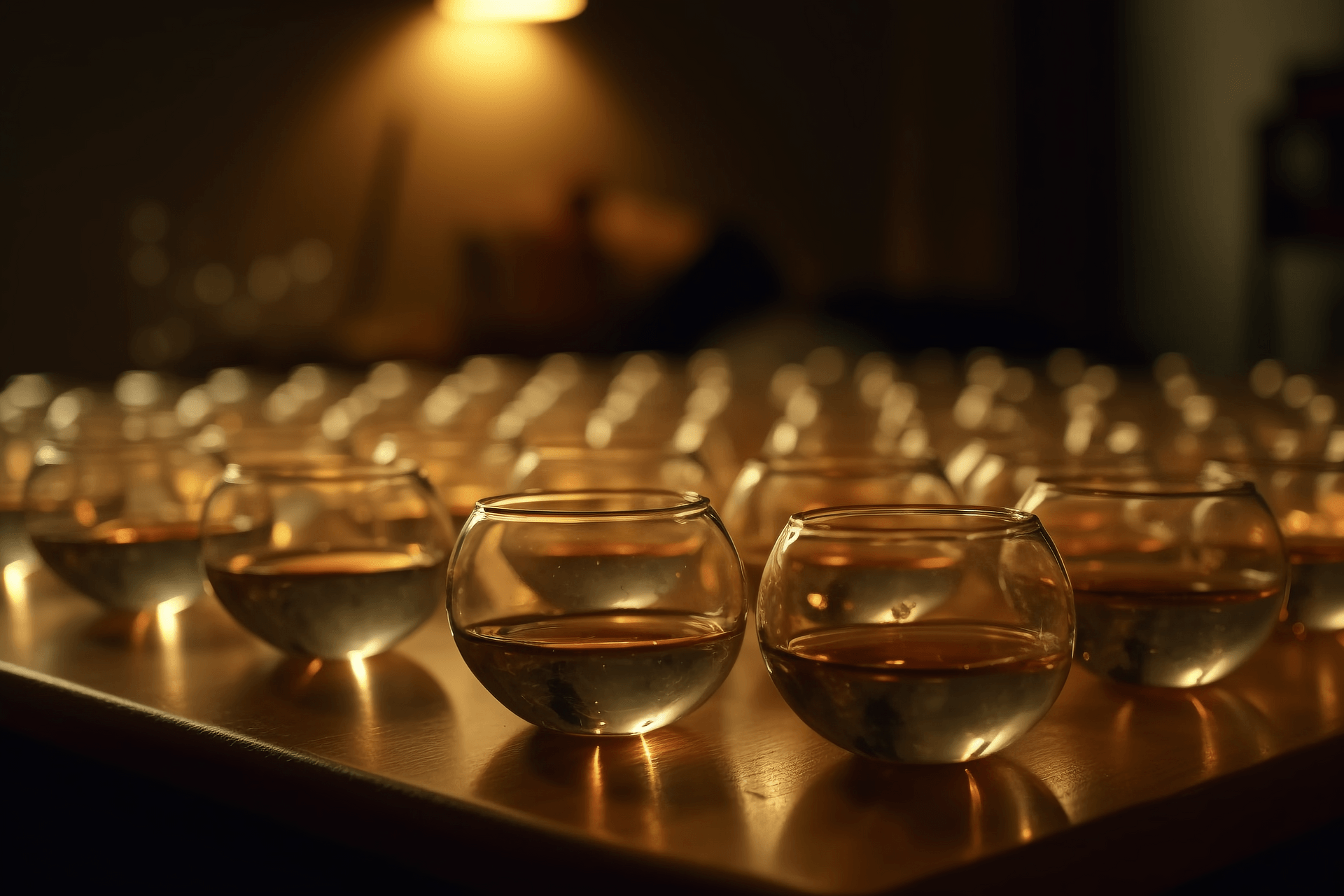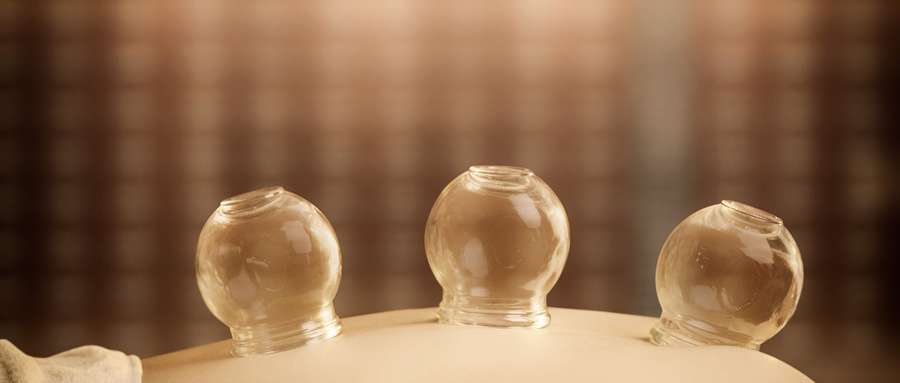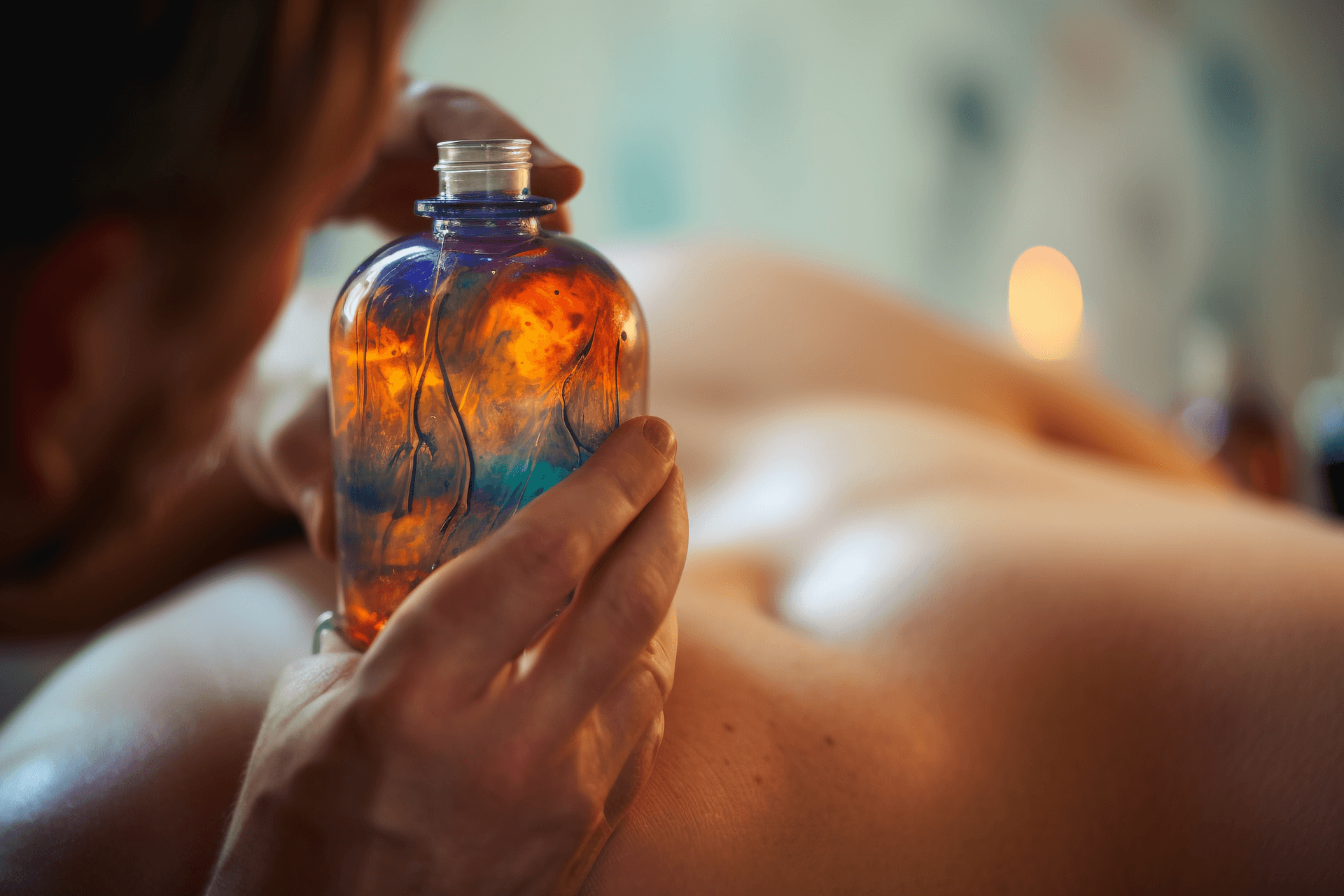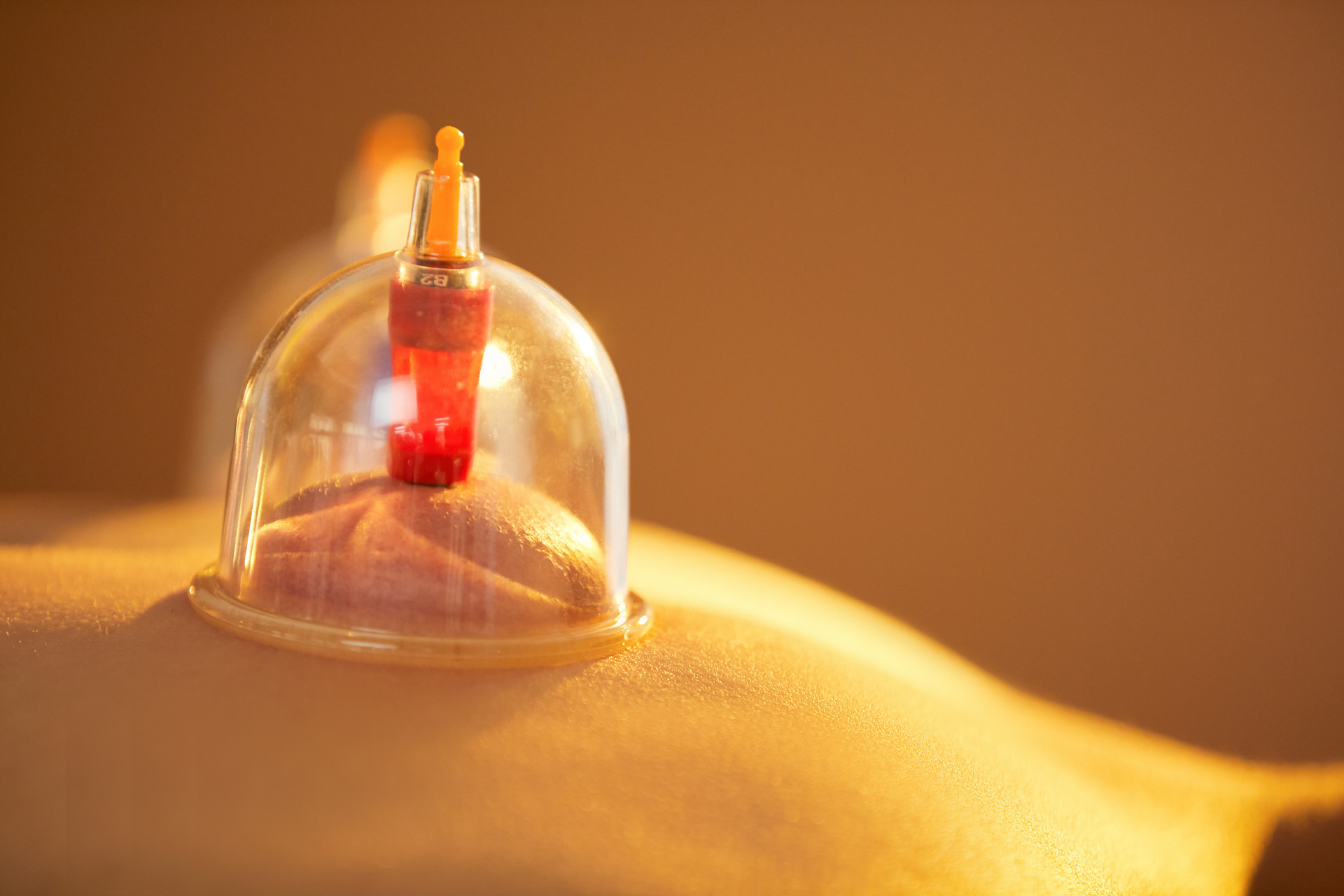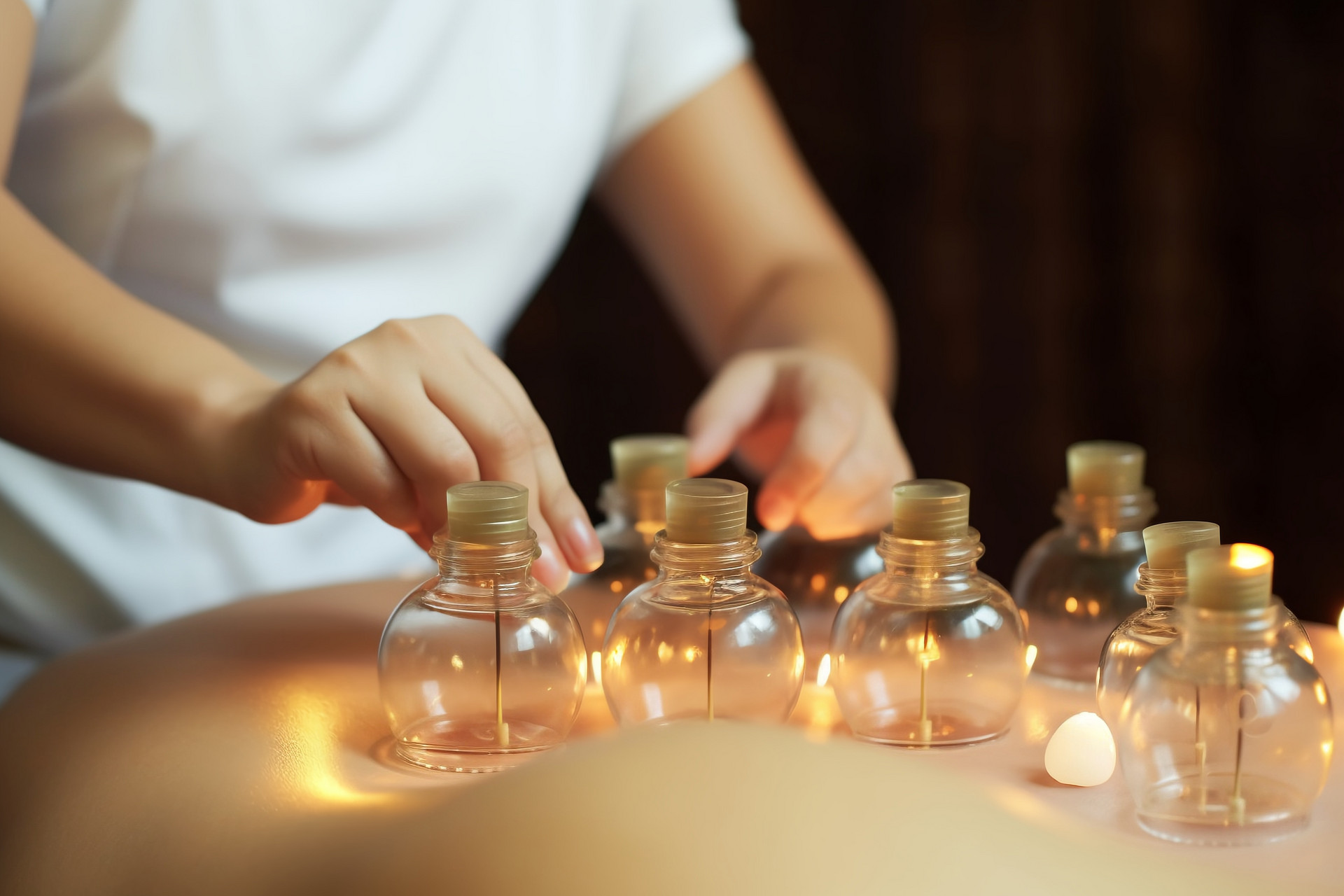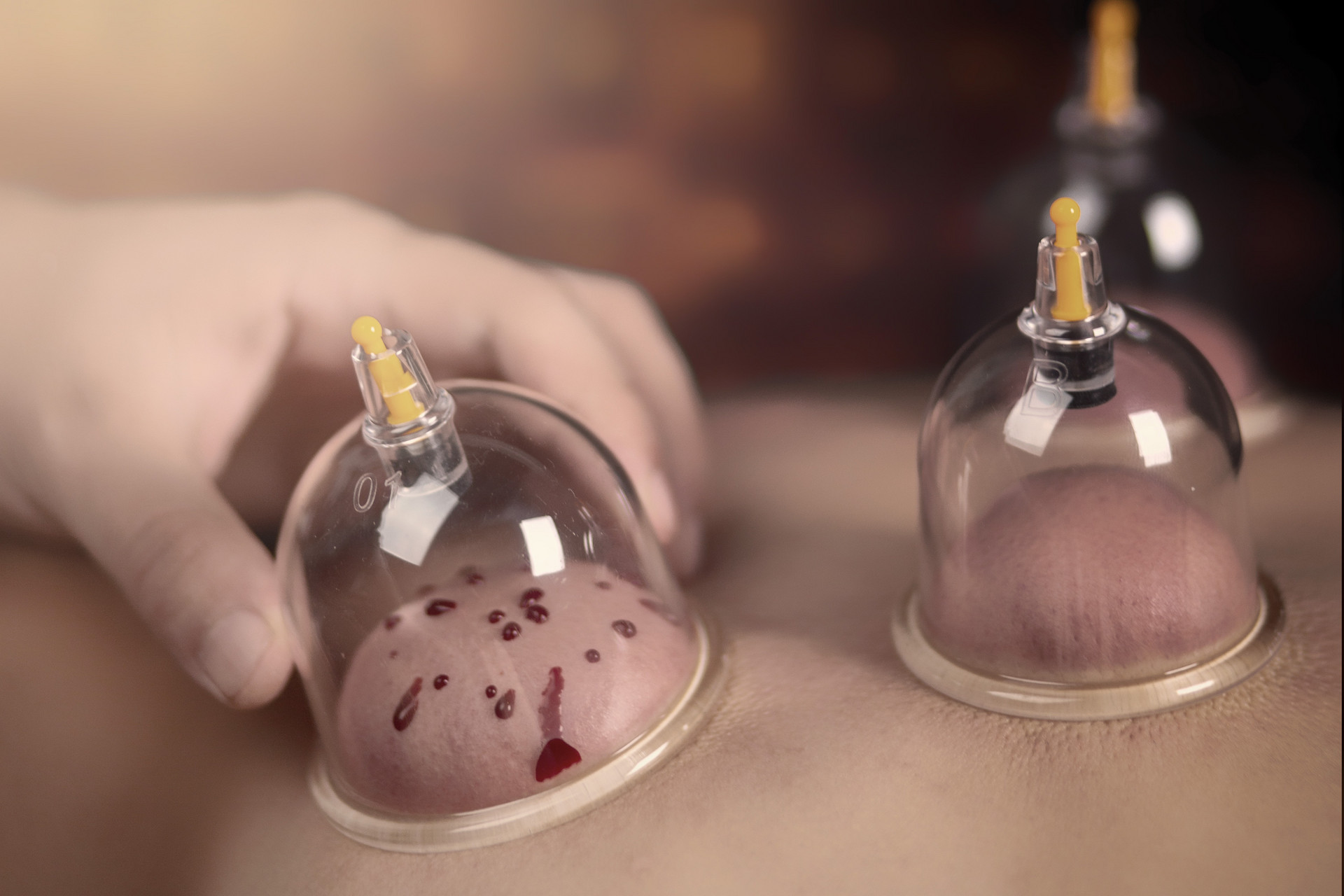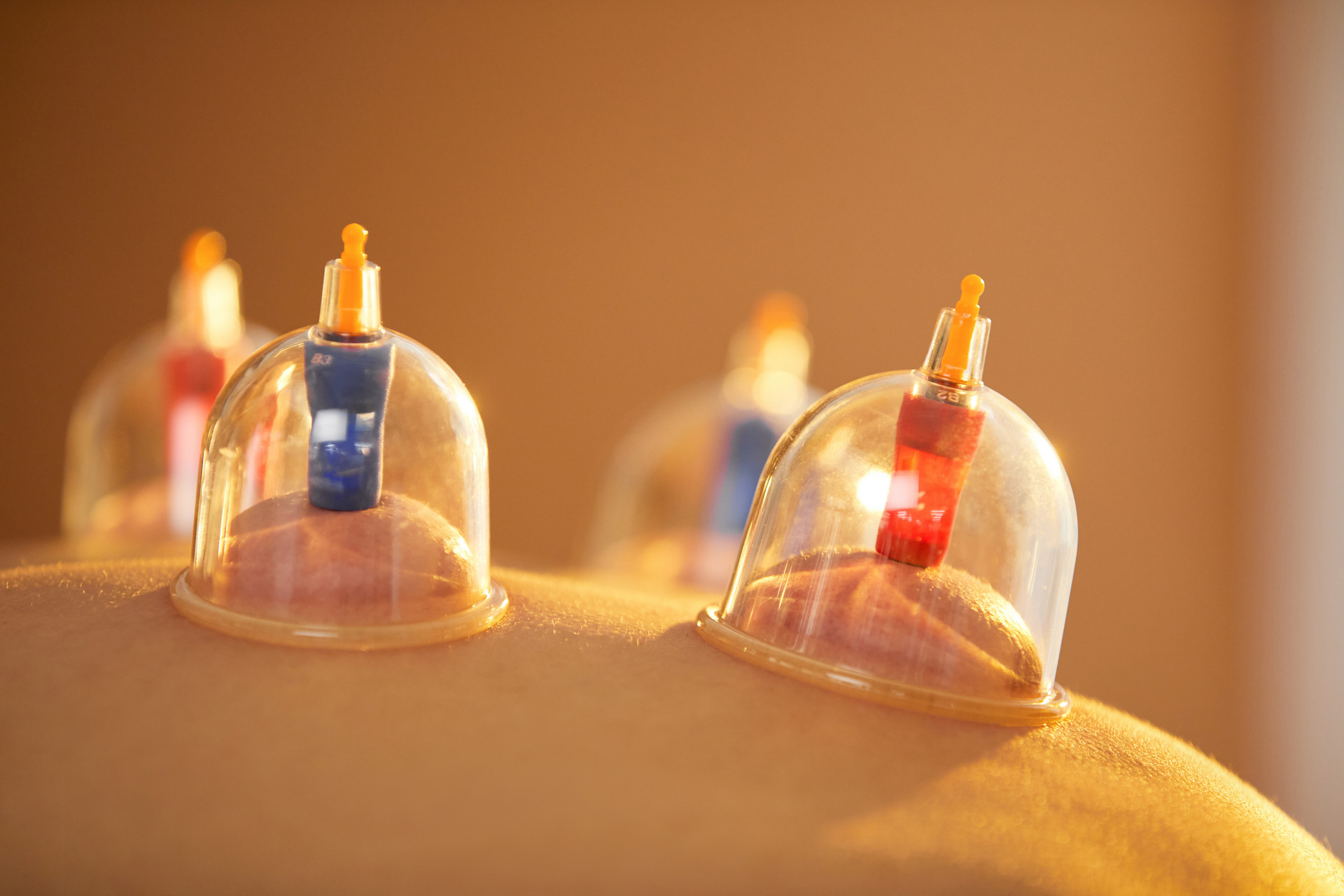Cupping is the oldest method of treating diseases in China. It is generally applicable to the same types of diseases as acupuncture and massage. However, there are contraindications and precautions that must be taken into account when performing cupping.
1. Contraindications for cupping:
1) Cupping is contraindicated in diseases with a tendency to bleed, such as thrombocytopenia, leukemia, and allergic purpura.
2) It is contraindicated in new fractures, scars, malignant tumors in local areas, varicose veins, large blood vessels on the body surface, and those with poor skin elasticity.
3) Use caution in the lower abdomen during menstruation in women, and it is contraindicated in the lower abdomen, lumbosacral region, and breasts during pregnancy.
4) It is contraindicated in severe heart, kidney, liver diseases, as well as high fever and convulsions.
5) It is contraindicated in areas with skin allergies, injuries, and ulcers.
6) It is not suitable for use in the facial area, as well as the front and back of the genital area.
7) It is contraindicated in cases of alcohol intoxication, overeating, hunger, overexertion, excessive thirst, excessive sweating, and excessive bleeding.
2. Precautions for cupping:
1) The indoor air should be kept fresh during cupping. Avoid direct blowing of fans in summer and ensure indoor warmth in winter to avoid exposure to cold winds.
2) Pay attention to cleanliness and disinfection. The hands of the practitioner and the cupping site of the patient should be clean or routinely disinfected, and the cupping equipment must be routinely disinfected.
3) Cupping may cause small blisters, water droplets, bleeding spots, ecchymosis, itching, and other phenomena on the local skin, which are normal treatment reactions. Generally, yang syndromes and heat syndromes appear as bright red ecchymosis; yin syndromes and cold syndromes appear as purple-red or light red ecchymosis; cold syndromes and damp syndromes appear as blisters or water droplets; and deficiency syndromes appear as flush or pale red. If there are no ecchymosis in the local area, or if there is flush but it disappears immediately after cupping, it indicates that the pathogenic factors are mild and the condition is not serious or the disease is close to recovery.
4) It is generally not advisable to take a bath within 3 hours after cupping.
5) If symptoms such as pale complexion, cold sweat, dizziness, palpitations, nausea, vomiting, cold limbs, and loss of consciousness occur during cupping, it indicates fainting from cupping. Cupping should be stopped immediately, the patient should lie flat, drink warm water or sugar water, rest for a while, and the symptoms will generally improve. In severe cases of fainting from cupping, acupuncture or acupressure can be applied to points such as Baihui, Renzhong, Neiguan, Yongquan, Zusanli, and Zhongchong, or moxibustion can be applied to points such as Baihui, Qihai, Guanyuan, and Yongquan. If necessary, the patient should be promptly taken to the hospital for emergency treatment.


